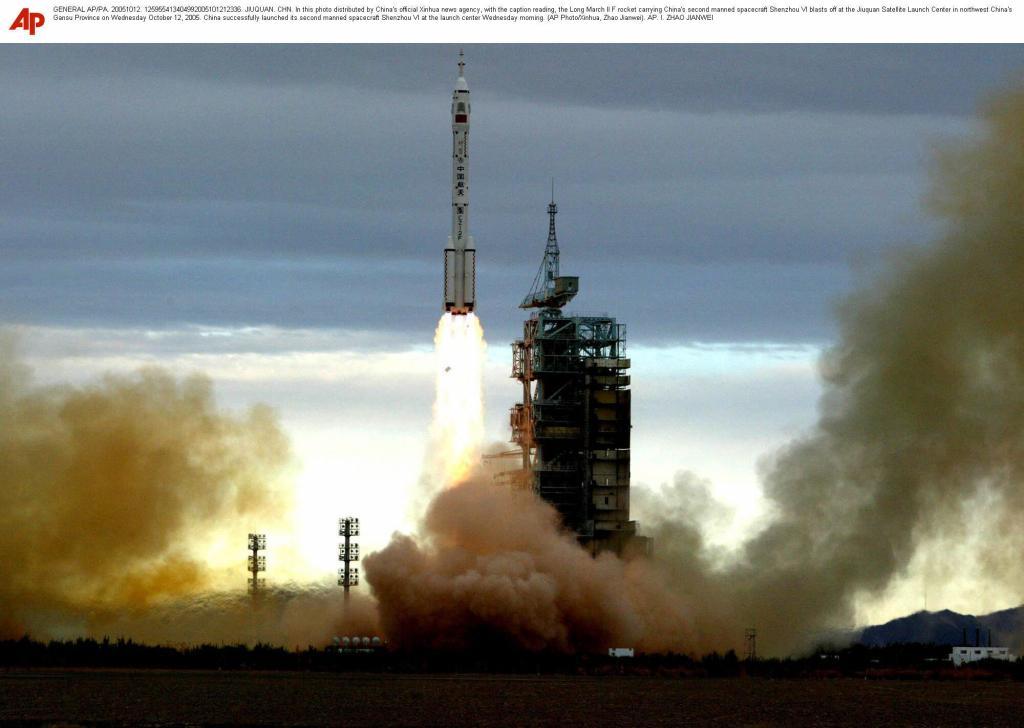A Chinese Jielong-3 rocket disintegrated on Sunday night over southeastern Spain, leaving a large fireball that was echoed on social media from different areas of Andalusia, Murcia, Valencia, and the Balearic Islands.
In the images, a large fireball can be seen disintegrating, which most quickly identified as a meteorite from the Perseid meteor shower this weekend. However, it was space debris.
On August 8, China launched a Jielong-3 model rocket from the Bo Run Jiu Zhou barge in the Yellow Sea. It is a 31-meter-long orbital launch vehicle. It was their sixth mission, aiming to orbit a LEO communications satellite for the Chinese automaker Geely Automotive, to test autonomous driving services and vehicle communication.
The Moon will camouflage many Perseids this year, but we can enjoy two planetary conjunctions
The rocket consists of four parts, deployed the payload into a low orbit, and the last part reignited to place itself in a low perigee orbit to reduce its time as space debris. It ended up re-entering the atmosphere around 11:50 pm on Sunday night, as reported by the Meteoroids and Meteorites Research Network (SPMN), part of the Institute of Space Sciences (ICE-CSIC), citing astronomer Jonathan McDowell.
According to this organization, the reentry and progressive fragmentation of space objects is a phenomenon that can last minutes and, unlike meteorites, is characterized by tracing long and low trajectories with multiple pieces, "which could well resemble a science fiction movie. That is why it is so important to provide a rational explanation for these phenomena."
The object entered the atmosphere at a speed of about 29,000 kilometers per hour. The abrupt friction with the air at this enormous speed caused the object to break into numerous fragments, which became incandescent. This generated an artificial fireball that began at an altitude of about 118 kilometers above the Atlantic Ocean, as reported by José María Madiedo, a doctor in Astrophysics at the Institute of Astrophysics of Andalusia (IAA-CSIC).
From that point, it moved northeast, flying over Andalusia, Murcia, and the south of Alicante, continuing northeast towards the Balearic Islands. The most likely hypothesis is that the fragments that may have survived its abrupt passage through the atmosphere fell into the sea, in the Mediterranean.
The phenomenon could have been observed throughout the Iberian Peninsula, but the East was favored by the brightness of the full moon.
Every day, several fragments of space junk, that is, debris from rockets or satellites that have become obsolete and are wandering through space, reach Earth and survive reentry into the atmosphere. The vast majority of these objects fall into the ocean or uninhabited areas of Earth, so these impacts often go unnoticed.
Nevertheless, space debris poses significant risks for both space operations and Earth. These risks include damage to operational satellites, disruptions to crucial services such as communications and navigation, and the possibility of a domino effect of collisions that could make certain areas of space practically unusable. Additionally, some space debris may contain hazardous materials, such as fuel or radioactive substances, and there is a small risk that fragments may fall into populated areas of Earth.
On Friday night, the Perseid meteor shower also produced a "bright fireball" from a comet that flew over the skies of Castilla-La Mancha, Valencia, and Murcia.
As reported by the Astrohita Foundation, working at the Hita Astronomical Complex (Toledo), this fireball crossed the sky on August 8, at 9:55 pm and was recorded by detectors operated by the Southwest Europe Meteor and Meteorite Network (Red SWEMN) at this astronomical complex.
It was also recorded by detectors installed at the observatories of Calar Alto (Almería), Sierra Nevada (Granada), Seville, La Sagra (Granada), and Huelva, as reported by EFE.
According to the lead researcher of the Smart Project, José María Madiedo, from the Institute of Astrophysics of Andalusia, the rock that caused this phenomenon, from the comet 109P/Swift-Tuttle, entered the Earth's atmosphere at a speed of about 217,000 kilometers per hour.
The abrupt friction of the rock with the atmosphere at this enormous speed caused the meteoroid to become incandescent, thus generating a fireball that began at an altitude of about 116 km above the town of Jarafuel (Valencia).
From there, it moved southwest, flying over the province of Albacete and extinguished with a large explosion at an altitude of about 86 km near the town of Los Arejos (Murcia).
Its high brightness allowed this bolide to be seen from more than 600 kilometers away and, as determined, traveled a total distance in the atmosphere of about 182 kilometers.
